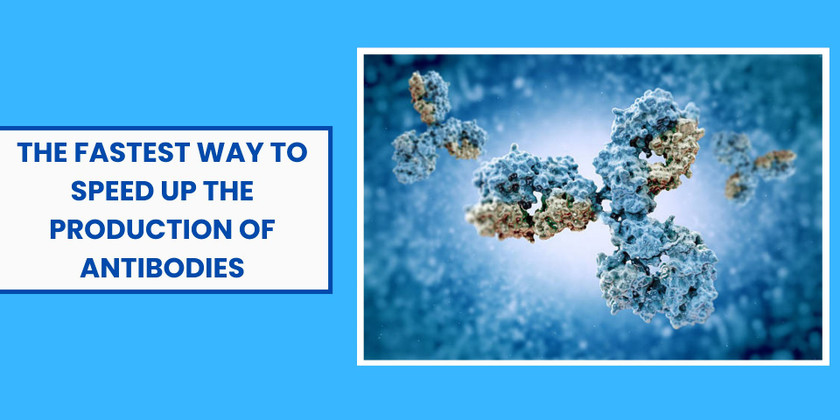The Fastest Way to Speed Up the Production of Antibodies
May 16th 2023
Numerous immunoglobulins have been produced on a wide scale utilizing conventional procedures ever since the invention of antibody-production techniques. The generation of antibodies against the target antigens of infectious infections, malignant diseases, including autoimmune disorders, and several powerful poisons has expanded thanks to hybridoma technology.
These clinical humanized or chimeric murine antibodies do, however, have several drawbacks and complications. Because of this, new developments in genetic engineering methods and phage display technology have made recombinant antibody production possible.
Such engineered antibodies were developed to search for novel therapeutic drugs with improved immunoprotective properties, such as activating immune effector functions, successful fusion protein development, effective tumor and tissue penetration, and high-affinity antibodies directed against conserved targets.
Numerous uses of advanced antibody engineering techniques can be found in immunology, biotechnology, diagnostics, and medicinal drugs.
What are Antibodies?
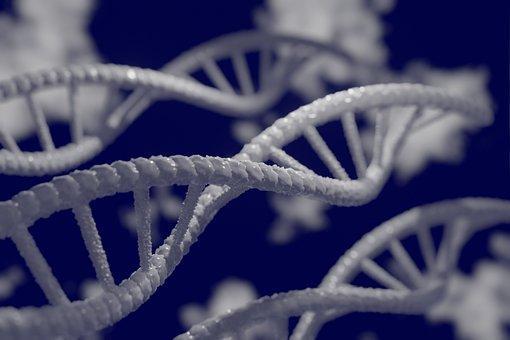
An immune system component known as an antibody is a protein that may bind to an antigen with particularity. Though usually other proteins, these antigens can also be sugars, tiny compounds, or nucleotides.
Because antibodies bind selectively to a single epitope on the antigen, they are effective research tools because they enable the identification of a particular protein in an assay while preventing the detection of unrelated proteins.
Thanks to these binding capabilities, antibodies can also be utilized in diagnostic procedures like pregnancy testing and therapeutic procedures like cancer therapies.
The antibody is a Y-shaped protein with a variable section exclusive and specific to an individual epitope and a constant segment shared by all antibodies produced by a single species.
Antibody Production
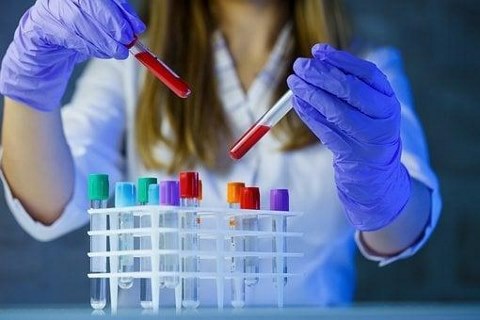
It is helpful to understand how antibodies are made by the immune system while building a custom antibody, even though the site focuses not on the intricate mechanics of the immune response.
When an organism's immune system comes into contact with a foreign molecule (usually a protein) for the first time, specialized cells like dendritic cells and macrophages seize the molecule and break it down to transmit these antigens to B cell lymphocytes.
A process known as somatic hypermutation enables the B cell to start coding for a new antibody after antigen presentation to the B cell lymphocytes has taken place. This antibody will have a distinctive Antigen Binding Site in the variable region that can bind specifically to an epitope from the antigen.
Each B cell lymphocyte produces a distinct antibody in response to a distinct epitope. The B cell starts to release antibodies into the bloodstream once they can be encoded with enough specificity to the epitope. These antibodies then selectively bind to the foreign molecule, enabling the immune system to eliminate it.
These antibodies' critical function can occasionally neutralize endotoxins. In other circumstances, such as when dealing with bacterial pathogens, these antibodies bind to surface proteins on the bacterium's surface, alerting the immune system as a whole to the need to eliminate the pathogen.
B cells stay in the bloodstream after the foreign material has been removed and are prepared to generate antibodies if the antigen is met again.
The immune system captures the protein, dissects it into individual epitopes, and then sends these epitopes to the B cells so that antibody production specific to those epitopes can start. This is seen in generating a bespoke antibody against a protein antigen.
Then, these antibodies can be isolated from the individual B cells that make antibodies against the desired epitope or directly collected from the serum. When an antigen is a full-length protein, several B cells typically produce antibodies against several epitopes from various protein sections.
Methods of Antibody Production
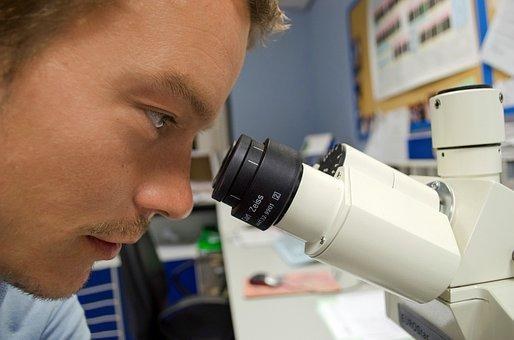
Different processes are involved in how antibody is produced depending on the type of antibody required. Therefore, the described procedures will come after creating monoclonal or polyclonal antibodies.
The Process for Making Monoclonal Antibodies
Monoclonal antibodies only detect one epitope for each antigen since they are derived from a single B-cell parent clone. These B-cells become immortal by fusing with hybridoma cells, enabling the long-term production of identical monoclonal antibodies.
Less frequently do monoclonal antibodies react with different proteins than polyclonal antibodies because they precisely recognize a specific epitope on the antigen.
Animals like mice, rabbits, chickens, and rats can all manufacture monoclonal antibodies. However, rabbits are a close second because of their immune systems' capacity to mount a potent defense against antigen presentation. Steps in the production of monoclonal antibodies include the following:
Vaccination of Animals
Immunizing the animal with pure antigen coupled to a substrate like KLH is the first step in manufacturing monoclonal antibodies. The investigator subcutaneously injects the antigen complex and adjuvant, and the injection is repeated several times along a predetermined timeline based on antibody titers measured throughout the treatment.
The numerous injections will stimulate the B-lymphocytes that react to the antigens.
Three days before being put to death, the animal receives one more injection of the antigen; however, this time, the researcher delivers it intravenously. The researcher euthanizes the mice and extracts the spleen as a cell source for fusion with myeloma cells once the antibody achieves a high enough titer.
Fusion and Selection
Myeloma-derived cells and antibody-producing spleen cells can combine to form hybrids. The resulting hybridoma cell line has limitless growth potential. Before cell fusion, myeloma cells must proliferate, have high viability, and be cultured for one week.
Purification of Antibodies
Monoclonal antibodies must be purified before use. Protein A or Protein G affinity chromatography is the industry standard for the purification of monoclonal antibodies. Because of its capabilities and effectiveness, leading scientists have embraced this technology.
However, alternative, cutting-edge purification techniques, such as size exclusion or antigen-specific affinity chromatography, might be employed for customers requiring higher purity levels.
Quality Assurance
After the purification procedure, monoclonal antibodies are examined using quality control assays. The most popular technique for determining the caliber of a monoclonal antibody is the ELISA test.
Production of Polyclonal Antibodies
The immunological response of various B-cells produces a heterogeneous mixture of polyclonal antibodies, each of which detects a different epitope on the same antigen.
Polyclonal antibodies are more susceptible to batch-to-batch variability than monoclonal antibodies because they comprise various antibodies that stimulate the body's normal immunological response to an antigen.
Prepare an Antigen
Preparing the antigen, often an amino acid sequence obtained from the antigen, is the first step in producing polyclonal antibodies. When binding with conformational epitopes is required, you must choose distinct and immunogenic antigens.
Any antigen impurity may result in developing antibodies that are more potent against the impurities than the target antigens.
Vaccination of Animals
Green Mountain Antibodies uses specialized adjuvants to boost the immune response to generate polyclonal antibodies. One of the adjuvants frequently utilized in research is Freund's adjuvant. The chosen animal (often a rabbit) can receive an intramuscular, subcutaneous, or intradermal injection of the antigen.
Four to eight weeks following the priming vaccination, booster shots are given. The process then continues every two to three weeks. After each booster shot, the animal is bled, and whole blood is used to create the serum.
Removal of Antibodies
A helpful way to purify polyclonal antibodies is through affinity purification. Immunoglobulin G can be enhanced, and undesirable proteins removed by the purification process from the serum. Antigen-specific affinity purification is used to target a polyclonal antibody from antiserum specifically.
Controlling Quality
After purification, quality control tests are run to ensure the polyclonal antibodies generated are high caliber. SDS-PAGE verifies purity and measures concentration using absorbance at 280 nm (A280).
The Quickest Method to Increase Antibody Production
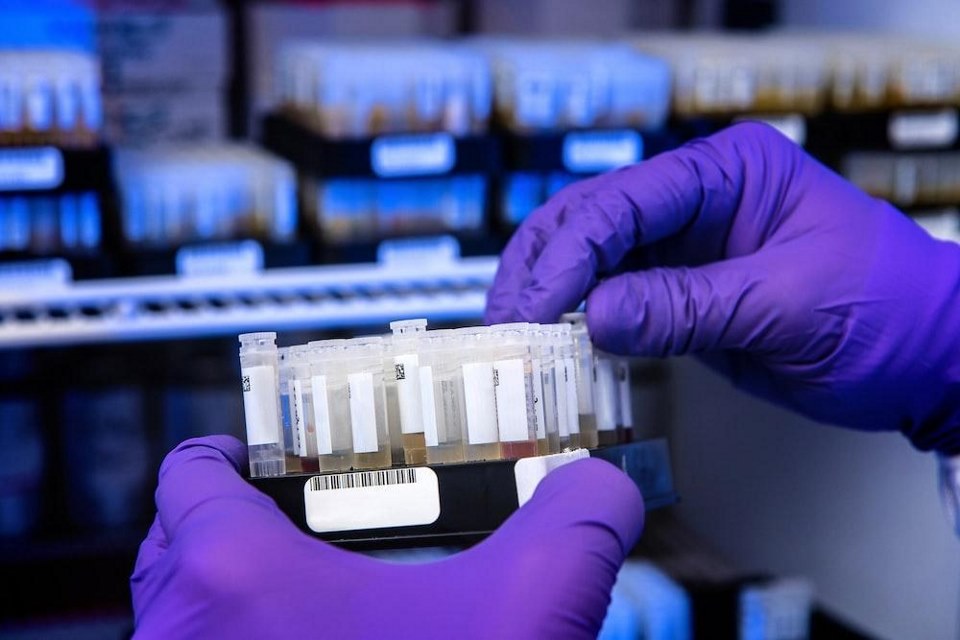
Researchers have created a revolutionary method to produce human antibodies in the lab. This innovative technique could be applied to the creation of novel vaccinations in addition to accelerating the production of antibodies to cure various ailments.
B cells are specialized immune system cells that create antibodies to combat illnesses brought on by pathogens, including bacteria, viruses, or other disease-causing microbes. A specific pathogen-derived antigen, or material that triggers an immune response in the body, is recognized by a particular B cell.
The B cells rapidly expand after identifying the antigen and transform into plasma cells, which generate huge quantities of antibodies that bind to the antigen to combat the infection.
Treating B Cells with Coated Nanoparticles
The "infection fending off" procedure has previously been attempted to be replicated in a laboratory by manufacturing specific antibodies from B cells isolated from patient blood samples. For B cells to start multiplying and turning into plasma cells, they require two signals.
The first signal comes from contacting and recognizing a particular antigen, while the second signal comes from short DNA fragments called CpG oligonucleotides. CpG oligonucleotides stimulate proliferation by turning on the TLR9 protein in B cells.
Studies have demonstrated that when patient-derived B cells are treated with CpG oligonucleotides, all of the B cells in the sample are activated, not just those capable of secreting a specific antibody. Researchers induced the production of particular human antibodies by using tiny nanoparticles coated with the necessary antigen and CpG oligonucleotides on patient-derived B cells.
The CpG oligonucleotides only internalize into B cells that detect the specific antigen, which makes the team's innovative technique effective. As a result, only these B cells have TLR9 activation, which allows them to multiply and transform into plasma cells that produce antibodies.
Anti-HIV Antibodies from HIV-free Patients
Batista and colleagues have shown that their technique effectively uses bacterial and viral antigens, such as tetanus toxoid, and proteins from several influenza A strains.
Over just a few days, the researchers could manufacture particular antibodies. Some of the produced anti-influenza antibodies could detect different virus strains and neutralize their capacity to infect cells.
The procedure is also independent of the donor's exposure to antigens from illnesses or vaccines. The researchers proved this by producing anti-HIV antibodies from B cells derived from healthy individuals. The novel strategy could aid in quickly producing therapeutic antibodies for treating infectious diseases and perhaps even other illnesses like cancer.
Use of Small Immunogenic Molecules to Stimulate Antibody Generation
Low molecular weight compounds (1,000 DA) frequently lack immunogenicity by nature. Therefore, they cannot be utilized directly to increase the synthesis of antibodies in our bodies. In these situations, coupling the tiny molecule with a bigger protein can be used to develop efficient active immunization techniques. The complex, not the hapten by itself, triggers the formation of antibodies.
The anti-hapten response is the name given to this phenomenon. Thus, haptens only cause an immunological reaction when joined to a carrier macromolecule. Though haptens are a structurally and chemically varied group, creating hapten conjugates is a complicated procedure from a chemical standpoint.
Special attention must be paid to the coupling method and the hapten: carrier molar ratio when a hapten is utilized for immunization. These two elements directly affect how strong the immunological response is.
The most often used proteins as carriers include globulins and albumins, gelatin, casein, and toxoids for tetanus, cholera, or diphtheria. Natural immunogenicity and the availability of enough reactive side chains that can be used for conjugation with the hapten are the only conditions for a suitable carrier molecule.
Diverse conjugation techniques are also used. For instance, the conjugation may occur spontaneously when the hapten is chemically reactive. However, haptens can be crosslinked with intermediary molecules like carbodiimides or glutaraldehyde to conjugate when natural reactivity is low.
Bottomline
In the last decades, antibodies have been created utilizing traditional methods like hybridomas, which have important therapeutic implications. But more recently, recombinant technology developments have improved the production of effective immunoglobulins and their fragments.
The creation of high-affinity peptides and proteins, research into protein-protein interactions, receptor binding, and epitope identification are all possible with the help of antibody engineering, which provides quick, affordable, and effective biomedical tools. From a cell biology and biotechnology perspective, various systems employ this powerful technology to address multiple challenges.
Additionally, it is utilized to create various kinds of designed antibodies that can be directed against any target molecule or particularly distinct conserved antigens. Additionally, it helps with infection diagnosis and treatment to enhance human health.
One of the pharmacological classes with the most significant growth in the fight against cancer and autoimmune disorders is therapeutic antibodies. Biotechnology and pharmaceutical firms typically need to create vast quantities of antibodies several times to explore various functional features to locate the most promising antibody.
Every step of this drawn-out process slows down the discovery of new drugs. Many businesses are turning to contract research firms like Biomatik that offer services for medication development, from recombinant antibody services to antibody sequencing services, allowing the expression of many antibodies in less time.

